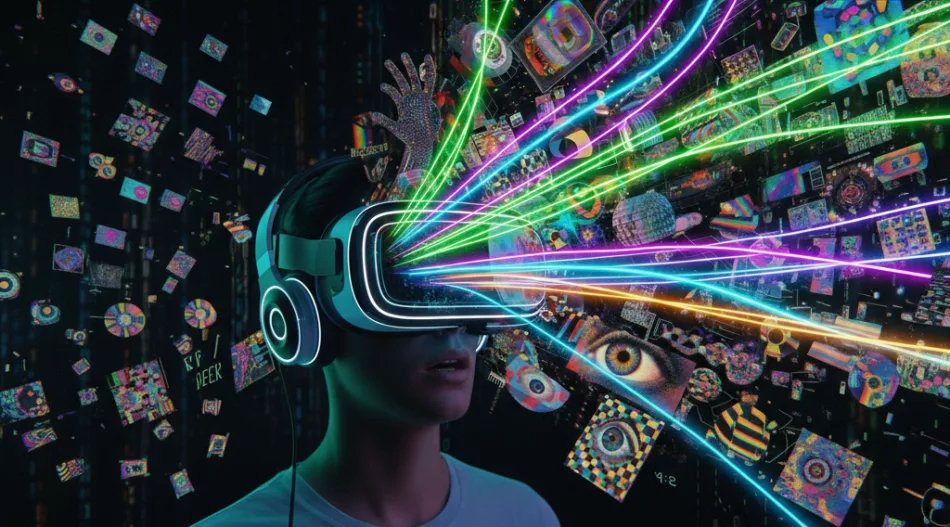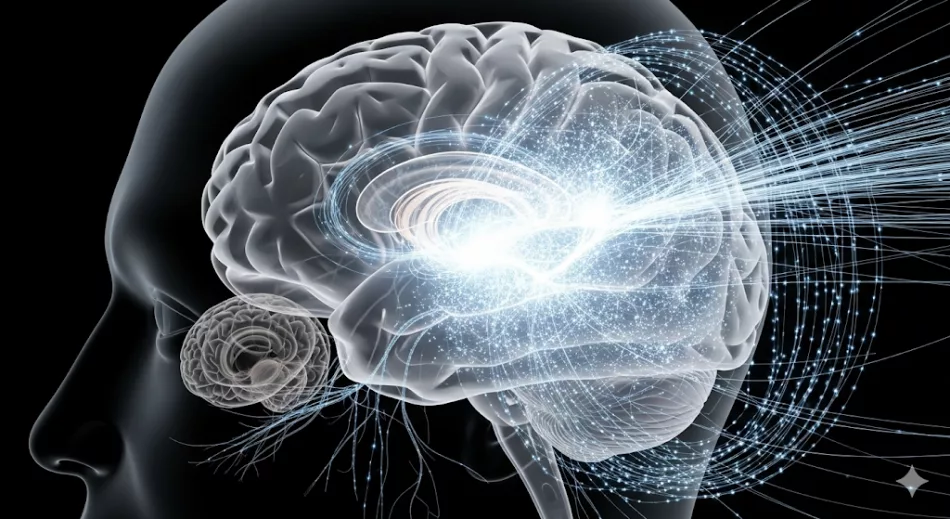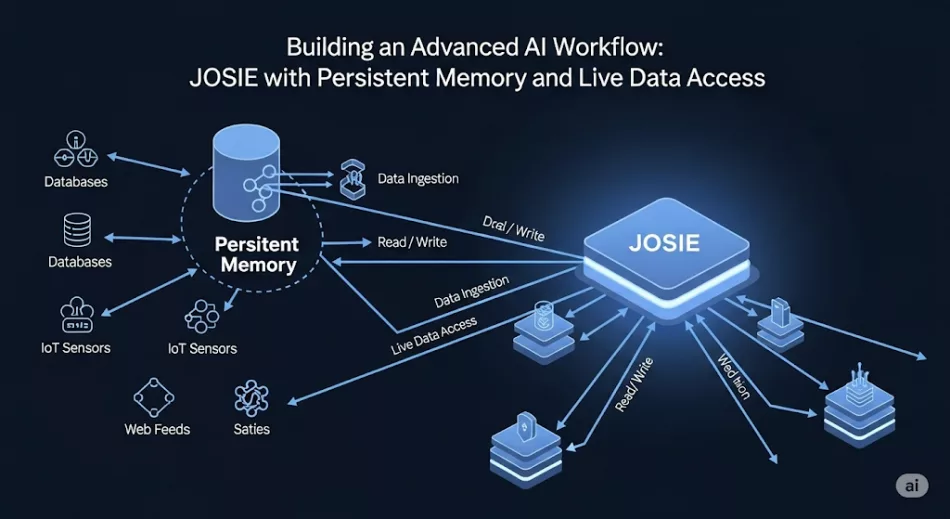Great Ball of Fire
In the beginning, humanity looked up and decided they’d figured it all out. That glowing orb? Obviously divine. Never mind its German train schedule reliability—clearly an all-powerful deity with excellent time management. Sun worshippers built temples, performed dances, and sacrificed virgins to keep their celestial benefactor happy. Priests claimed to understand the sun’s moods, though …






